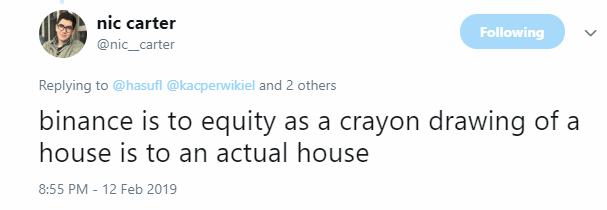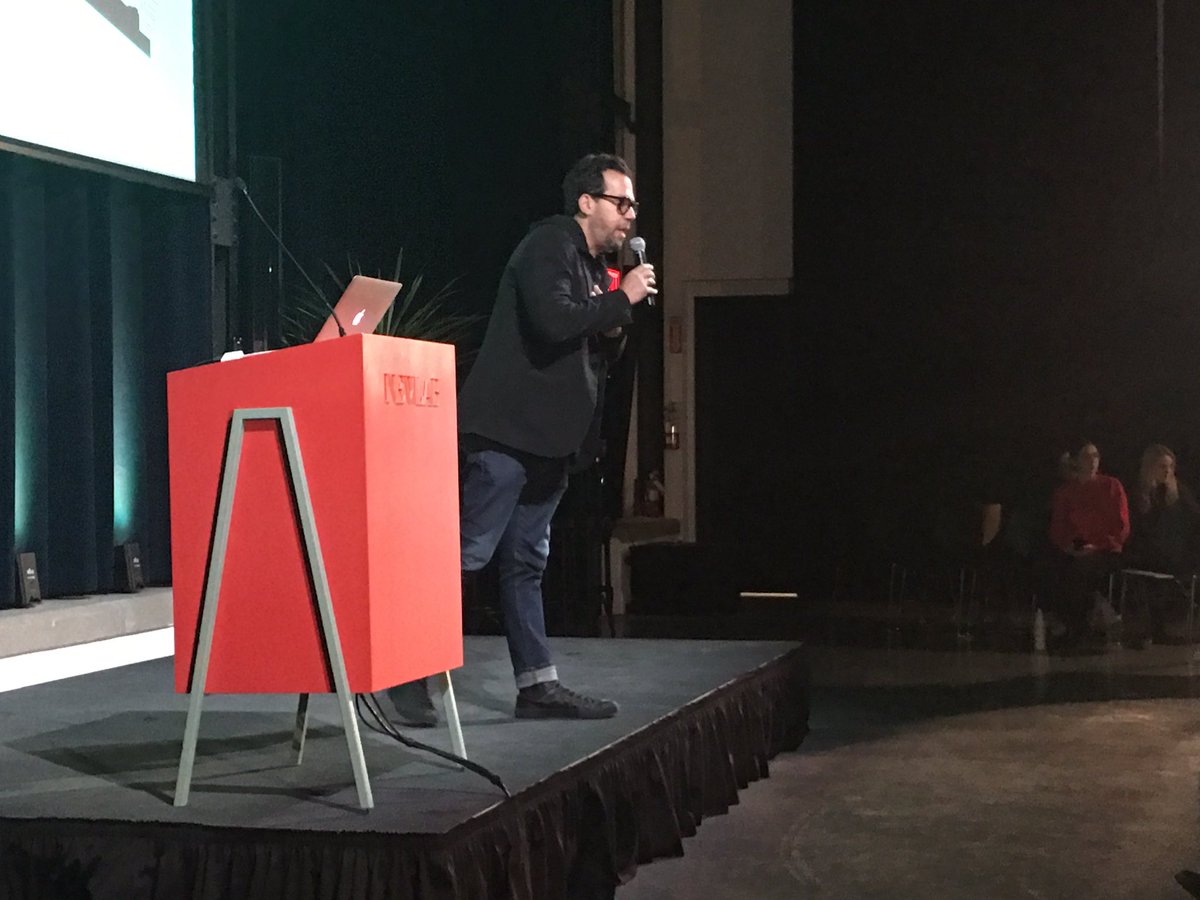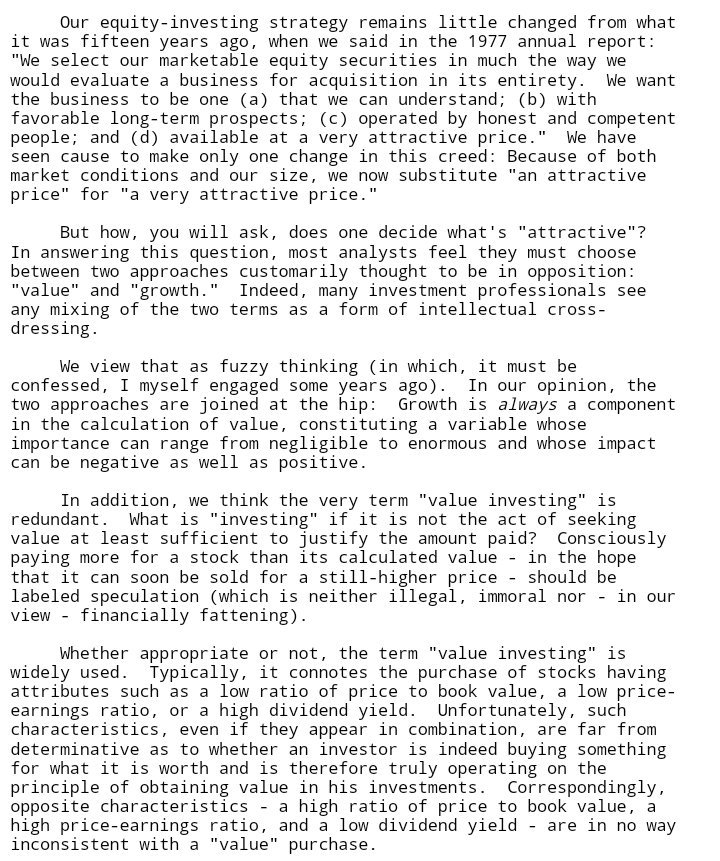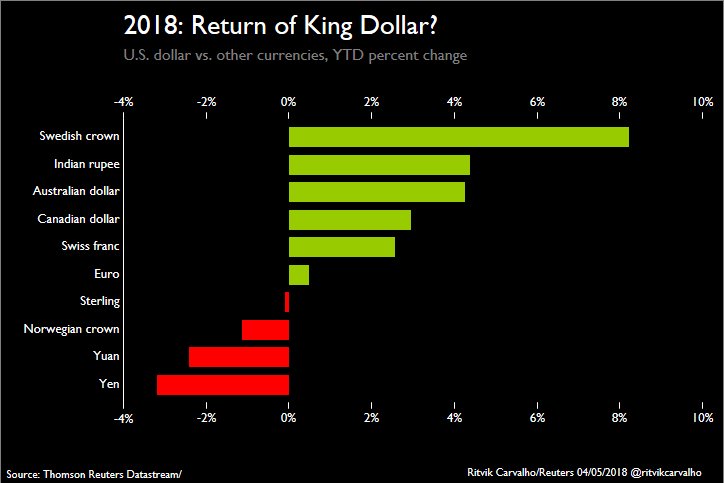I just published Maker (MKR) Valuation Fundamentals - The case for Trillion Dollar Maker
I will summarize in this thread 👇
medium.com/@Rewkang/maker…
- Dai Supply
- Dai Burn Ratio
- Expected Annual Return
The average collateralization ratio currently hovers between 250–300%. In the long run, I believe this will drop to 150% due to lower volatility of collateralized assets.
- Permissionless Cryptoassets ($50–100T)
- Tokenized Fiat ($40–100T)
- (Semi)Fungible Non-Bearer Assets (e.g. stocks, treasuries, corporate bonds, commodities) ($100T+)
Based on risk & growth factors, it is likely that the rate of return ranges between 3–6% in the long run after Maker is a proven system & model .
docs.google.com/spreadsheets/d…
cc: @RuneKek @cburniske, @alexhevans, @KyleSamani, @ricburton, @cyounessi1, @cdixon, @marcandu























